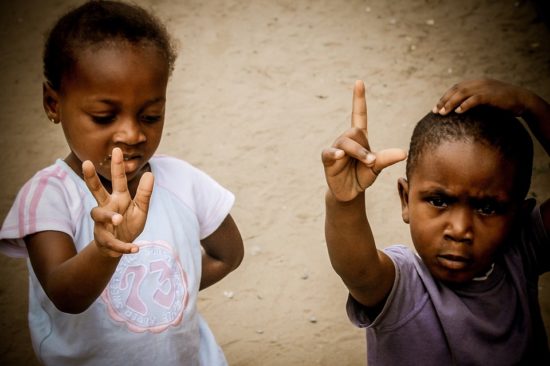Scientists around the world are already fighting the next pandemic
If a two-year-old child living in poverty in India or Bangladesh gets sick with a common bacterial infection, there is more than a 50% chance an antibiotic treatment will fail. Somehow the child has acquired an antibiotic resistant infection – even to drugs to which they may never have been exposed. How?
Unfortunately, this child also lives in a place with limited clean water and less waste management, bringing them into frequent contact with faecal matter. This means they are regularly exposed to millions of resistant genes and bacteria, including potentially untreatable superbugs. This sad story is shockingly common, especially in places where pollution is rampant and clean water is limited.
AMR NEWS
Every two weeks in your inbox
Because there should be one newsletter that brings together all One Health news related to antimicrobial resistance: AMR NEWS!





